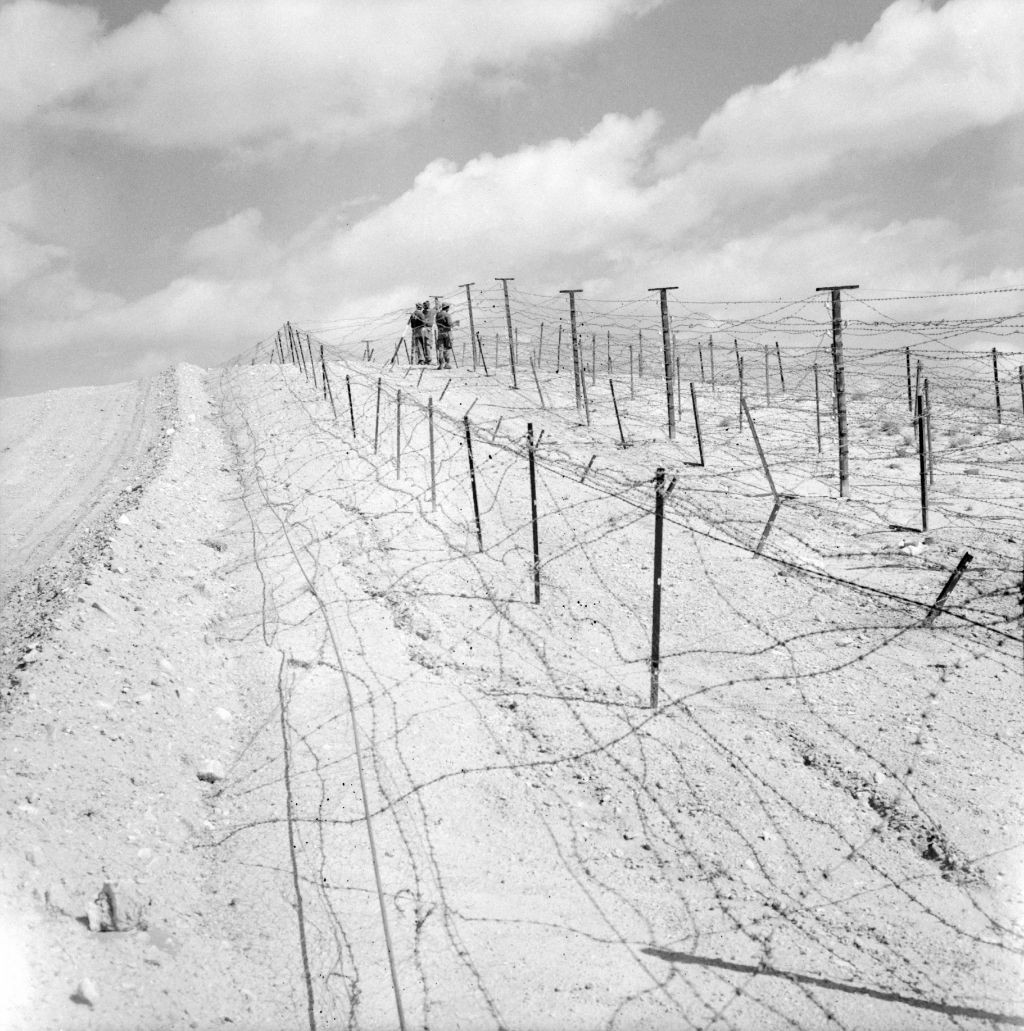Discreet Violence: Architecture and the French War in Algeria
Gallery 3 presents Discreet Violence: Architecture and the French War in Algeria, an exhibition by Samia Henni. During the Algerian Revolution (1954–1962), the French civil and military authorities profoundly reorganized Algeria’s urban and rural territory, drastically transformed its built environments, rapidly implanted new infrastructure, and strategically built new settlements in order to keep Algeria under French colonial rule and protect France’s interests in Algeria.
During the Algerian Revolution (1954–1962), or the Algerian War of Independence, the French civil and military authorities profoundly reorganized Algeria’s urban and rural territory, drastically transformed its built environments, rapidly implanted new infrastructure, and strategically built new settlements in order to protect France’s economic interests in Algeria and keep Algeria under French colonial rule—which began in 1830. The exhibition features only one aspect of these territorial transformations: the construction of militarily controlled camps dubbed the centres de regroupement (regrouping centers) in Algeria’s rural areas. These spaces resulted from the creation of the forbidden zones—free fire zones—and engendered massive forced relocations of the Algerian population. Special military units called the Sections administratives spécialisées (Specialized Administrative Sections) supervised the evacuation of the forbidden zones, the regrouping of the Algerian population, the construction of temporary and permanent camps, the conversion of a number of permanent camps to villages, and monitored the daily life of Algerian civilians. The aim of this regrouping was to isolate the Algerian population from the influence of national liberation fighters and to impede potential psychological and material supports. The exact numbers of camps that were constructed during the war, of persons who were forced to leave their homes, and of devastated villages are still disputed to this day. One estimate for 1960 counted 2,157,000 such forcibly relocated persons. Another evaluation from 1961 considered that at least 2,350,000 people had been concentrated into military controlled settlements, and that an additional 1,175,000 people had been coerced to leave their original homes due to constant and violent military operations, meaning that altogether over 3.5 million people had been forcibly displaced. Another figure for 15 February 1962, just a few weeks before Algeria’s independence, reported that 3,740 camps de regroupement had been built in French Algeria since the outbreak of the Algerian Revolution on 1 November 1954. Based on French military photographs and films produced by the propaganda teams of the Service cinématographique des armées (SCA), and other sources, the exhibition “Discreet Violence: Architecture and the French War in Algeria” features only certain aspects of the evacuation of the Algerian rural population, the building processes of the camps, and the living conditions in the camps. It disclosures the ways with which the French colonial regime attempted to divert the military purpose of the camps in the aftermath of a medial scandal of 1959. The exhibition unfolds the intrinsic relationships between architecture, military measures, colonial policies, and the planned production and distribution of visual records. Today, the SCA is called the Établissement de communication et de production audiovisuelle de la défense (ECPAD) and is still active in warzones where the French army is involved.
Samia Henni
Samia Henni is an architect and an architectural historian and theorist who works at the intersection of architecture, planning, colonial practices, and military operations from the early nineteenth century up to the present. She received her Ph.D. in History and Theory of Architecture from the ETH Zurich (with distinction, ETH Medal). She is the author of Architecture of Counterrevolution: The French Army in Northern Algeria (Zurich: gta Verlag, 2017). She is currently a Lecturer in History and Theory of Architecture at Princeton University’s School of Architecture.
The exhibition is a partial outcome of Samia Henni’s doctoral dissertation defended at the ETH Zurich in 2016 and was awarded the ETH Medal. The exhibition was first presented at the gta Institute, ETH Zurich, from 13 April to 12 June 2017.
